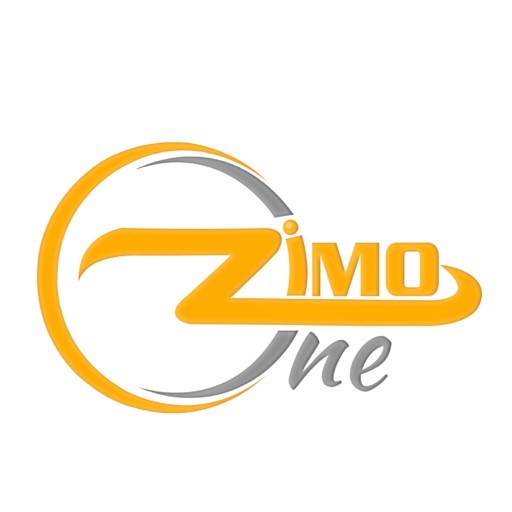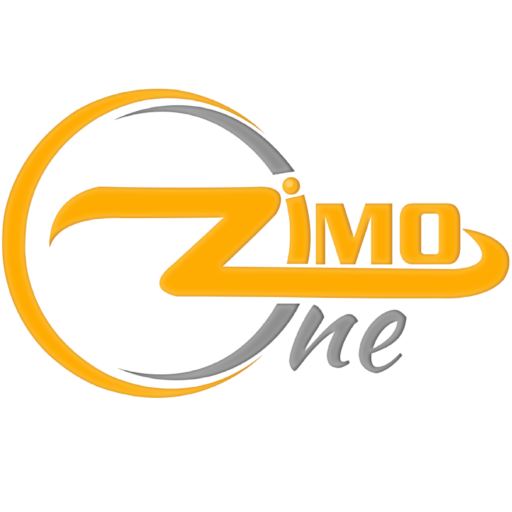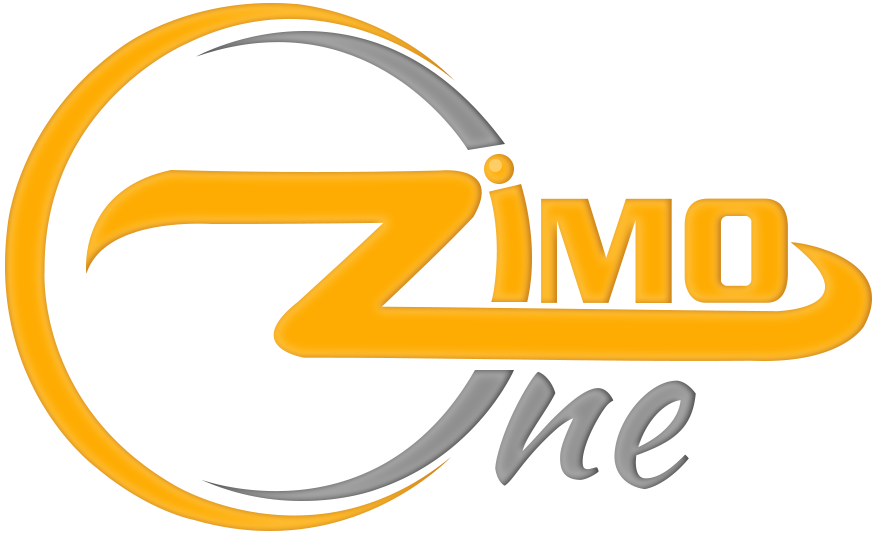Technical Documentation with a Touch of Sophistication
For A Software Company
1. Software Requirements Specification (SRS): SRS software works as a guide as it specifies the software’s functional and non-functional requirements. It Outlines the features, capabilities, and limitations of the system.
2. System Design Document: System design document describes the high-level architecture and design of the system. it Consists of class diagrams, data flow diagrams, and additional design elements.
3. Database Design Document: Database design document explains the database’s structure and contains information on relationships, data models, and database schema.
4. Technical Specification Document: Technical Specification Document Offers technical specifications for the individual software components. Contains third-party integrations, libraries, frameworks, and APIs.
5. Test Plan: Describes the plan and methodology for testing software. Specifies scenarios, acceptance criteria, and test cases.
6. User Manual: Provides instructions to users on how to utilise the programme. Contains troubleshooting information, FAQs, and instructions
7. Installation Guide: The installation guide offers detailed instructions on how to install the software. Provides configuration information and system requirements.
8. Deployment Document: Outlines how the programme is deployed to a live environment. Contains configurations, rollback strategies, and deployment scripts.
9. Maintenance Manual: Provides instructions on software maintenance tasks to developers and administrators. Provides instructions for updating, debugging, and troubleshooting.
10. Code Documentation: Describes the improvements, new features, and bug fixes included in a software release. Aids in the understanding of version differences by users and stakeholders.
11. Release Notes: Describes the improvements, new features, and bug fixes included in a software release. Aids in the understanding of version differences by users and stakeholders.
12. Security Documentation: This section details the software’s security precautions. Contains access controls, encryption techniques, and threat models.
13. Change Management Document: Describes the procedure for handling software modifications. Contains version control, approval workflows, and change request forms.
14. Disaster Recovery Plan: Specifies how to recover from emergencies or malfunctions in the system. Provides recovery and backup plans.
15. Performance Tuning Guide: Contains recommendations for tuning, monitoring, and profiling.
16. API Documentation: Provides information about software API endpoints and interfaces. Provides authentication information, request/response formats, and usage examples.
17. Compliance Documents: Verifies that the software complies with all applicable laws and regulations. Contains certifications and compliance reports.
18. Project Plan: Describes the schedule, goals, and distribution of resources for the project. Aids in monitoring and managing projects.
To support the design, development, manufacturing, and maintenance of mechanical systems, a mechanical engineering company usually needs a variety of technical documents.
The following is a list of crucial technical documents that a mechanical engineering firm needs to have:
1. Engineering Specifications: Describes the needs and guidelines for a mechanical part or the system.
2. Technical Drawings: Technical drawings are comprehensive illustrations that show the dimensions, tolerances, and geometry of mechanical parts. Contains exploded views, part drawings, and assembly drawings.
3. Bill of Materials (BOM): Enumerates every part, material, and subassembly needed to assemble a product. Contains descriptions, amounts, and part numbers.
4. CAD Models: CAD models are computer-aided designs that show the three-dimensional shapes of mechanical parts. Applicable to manufacturing, simulation, and visualization.
5. Reports on Finite Element Analysis (FEA): Summarises the findings of thermal and structural analyses for mechanical parts or systems.
6. Material Specifications: Describes the materials that are used to make components. Contains requirements for testing, standards, and material properties
7. Material Specifications: Describes the materials that are used to make components. Contains standards, testing requirements, and material properties.
8. Manufacturing Process Documentation: Specifies the materials used in the manufacturing of components. Includes material properties, standards, and testing requirements.
9. Test Plans and Reports: Describes how to test mechanical systems and what criteria to use. Provides analysis and test results.
10. Quality Control Documentation: Outlines manufacturing standards and quality control procedures. Contains plans for quality assurance and inspection reports
11. Manufacturing Process Documentation: Describes the steps involved in producing mechanical component manufacturing. Contains control plans, process flowcharts, and work instructions
12. Maintenance Manuals: These provide instructions on how to operate and maintain mechanical systems; Offers suggested maintenance plans and troubleshooting techniques.
13. Failure Mode and Effects Analysis (FMEA): Examines possible mechanical system failure modes and their consequences. Assists in locating and reducing possible hazards.
14. Technical Manuals: Comprehensive documentation providing technical information about a product. Includes specifications, diagrams, and usage instructions.
15. Prototyping Documents: Documents pertaining to the testing stage, such as test findings and prototype specifications.
16. Risk Assessment Reports: These Assess and records possible risks related to the creation, production, and application of mechanical systems.
17. Regulatory Compliance Documents: Guarantees that the mechanical systems abide by rules and regulations in the industry.
18. Tooling and Fixture Design Documents: Describes the layout and characteristics of the instruments and fixtures that are utilized.
19. Cost Estimates: Calculates the cost of manufacturing, assembly, and materials for a mechanical system.
12. Supplier Documentation: Contracts, specifications, and requirements for quality control are among the documents pertaining to communications with suppliers.
21. Environmental Impact Assessment: Assesses how using and producing mechanical systems affects the environment.
22. Project Management Documents: Project plans, schedules, and progress reports pertaining to mechanical engineering projects comprise the 20th category of project management documents.
To protect an innovation or invention, patent applications require both technical and legal documentation. Legal documents and technical documents are the two main types of documentation needed for a patent application.
Legal Documents
1. Patent Application Form: The official form that the patent office provides, containing information about the applicant, the inventors, and the invention.
2. Inventor’s Oath or Declaration: A formal declaration by the inventor(s) attesting to their status as the real and original creators of the invention in question.
3. Power of Attorney: Should the application be submitted by an attorney or legal representative, a power of attorney document might be necessary.
4. Assignment of Rights: An assignment of rights document might be required if the inventor is not the owner of the invention (for example, if it was developed while the inventor was employed).
5. Small Entity Status Declaration: A declaration of the applicant’s small entity status, which may affect the fees associated with the patent application.
Technical Documents
1. Patent Specification: The most important technical document that gives an in-depth explanation of the invention; it contains an abstract, claims, background, and a detailed description.
2. Claims: The claims should be precise, succinct, and backed up by the comprehensive description. They should specify the extent of the protection that the invention is seeking.
3. Drawings: Technical drawings or diagrams that highlight the invention; essential for comprehending the idea and bolstering the claims.
4. Abstract: A succinct synopsis of the invention that highlights its salient characteristics.
5. Prior Art Search and Analysis: A report summarizing the findings of a search for related prior art, or already-existing inventions or technologies. An examination of the invention’s novelty and non-obviousness may be included.
6. Technical Domain: A concise explanation of the technical domain that the invention falls under.
7. Detailed Description: An in-depth and comprehensive description of the invention, covering all of its parts, how it works, and any modifications.
8. Experimental Data (if applicable): Any experimental findings or data that substantiate the invention’s claims and show its effectiveness.
9. Sequence Listings (if applicable): A sequence listing might be necessary for inventions involving genetic sequences.
10. Foreign Filing Licence (if applicable): If the invention has been disclosed internationally, some jurisdictions may require a foreign filing licence.
It’s crucial to remember that each jurisdiction may have different requirements for patent applications. To make sure that all required legal and technical documents are prepared and filed correctly in accordance with the applicable patent laws and regulations, it is advisable to consult with a patent attorney or agent.


